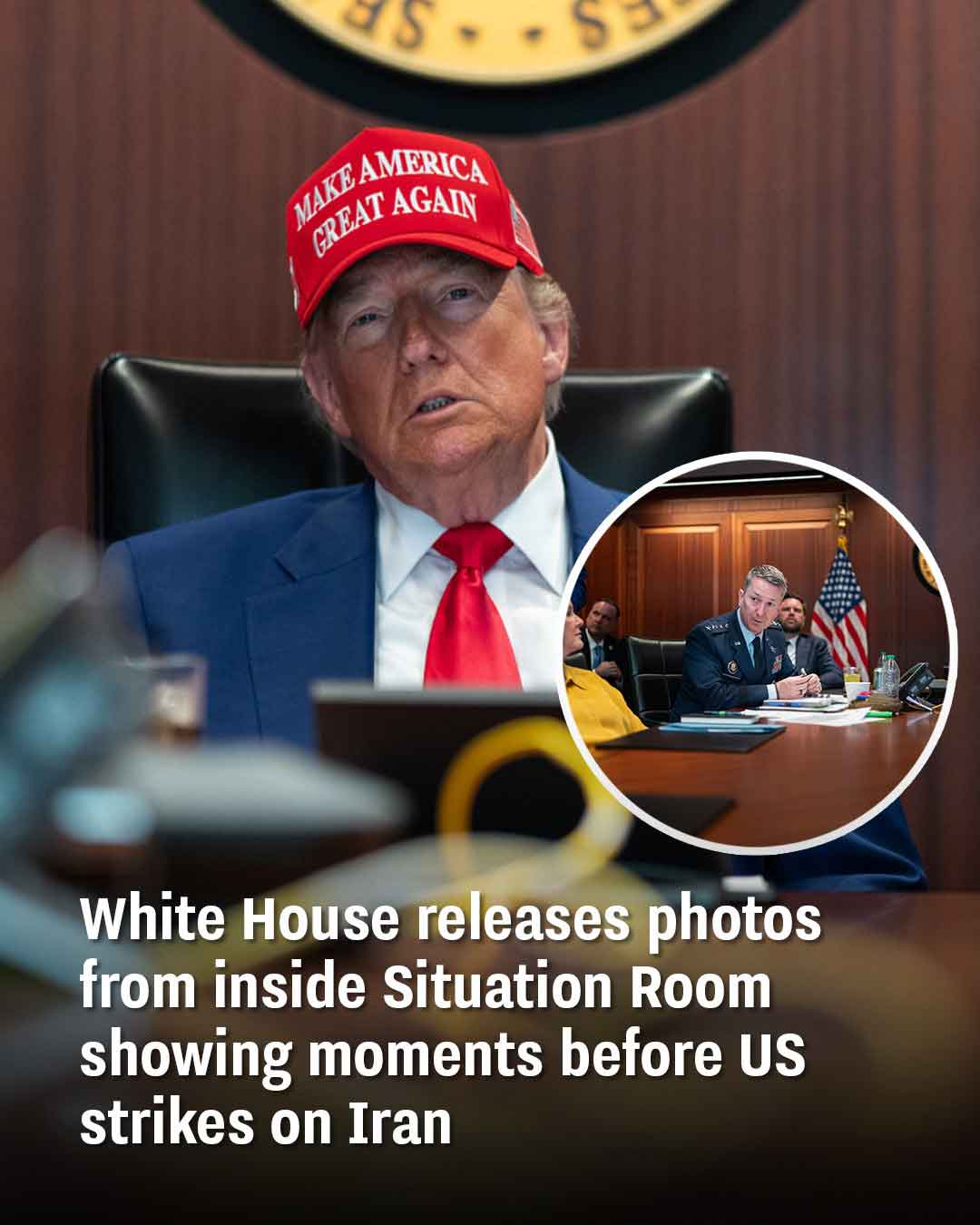The Pentagon confirmed that the operation was supported by cyber and satellite intelligence and was designed to be as precise and limited as possible. Officials reiterated that the objective was to delay or disable nuclear infrastructure, not provoke broader conflict.
Global responses have been mixed. Some international partners, including the United Kingdom and Israel, expressed support for actions aimed at curbing nuclear proliferation. Others, such as France and Germany, called for restraint and emphasized the importance of returning to diplomatic efforts. The United Nations Security Council has scheduled an emergency session to discuss the implications of the strikes.
In the U.S., the response has reflected ongoing political divisions. Supporters of the action said it sends a strong message regarding nuclear non-proliferation. Republican leaders praised the move as a firm stand against long-standing threats. Some Democratic officials, however, raised concerns about the decision-making process, calling for more congressional oversight and cautioning against escalation.
Security has been tightened at U.S. military and diplomatic facilities in the region, and cybersecurity agencies are monitoring for potential retaliatory actions. Defense officials confirmed that American forces in the Middle East are on heightened alert.
Meanwhile, diplomatic efforts to revive parts of the 2015 Iran nuclear agreement may be affected, though officials say channels for dialogue remain open. The long-term impact of the strikes on regional stability and global diplomacy is still being assessed.
The release of photos from inside the Situation Room drew both attention and debate. Some viewed the images as a display of leadership, while others questioned the timing and tone during such a serious moment in global affairs.
While the full consequences of the operation remain to be seen, the event marks a pivotal moment in U.S.–Iran relations and raises new questions about the future of security, diplomacy, and global cooperation in a complex international environment.

